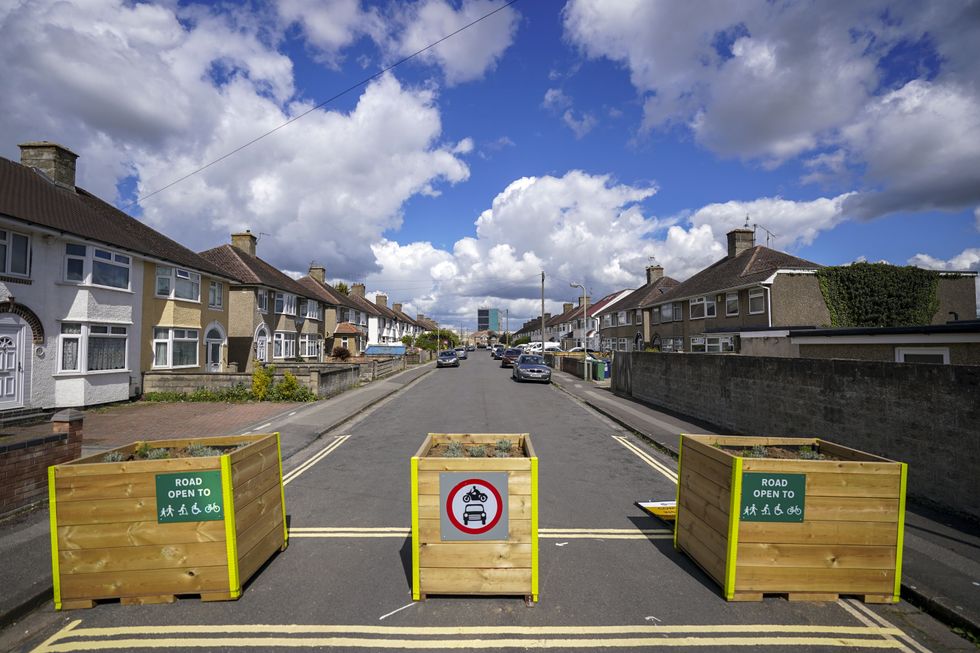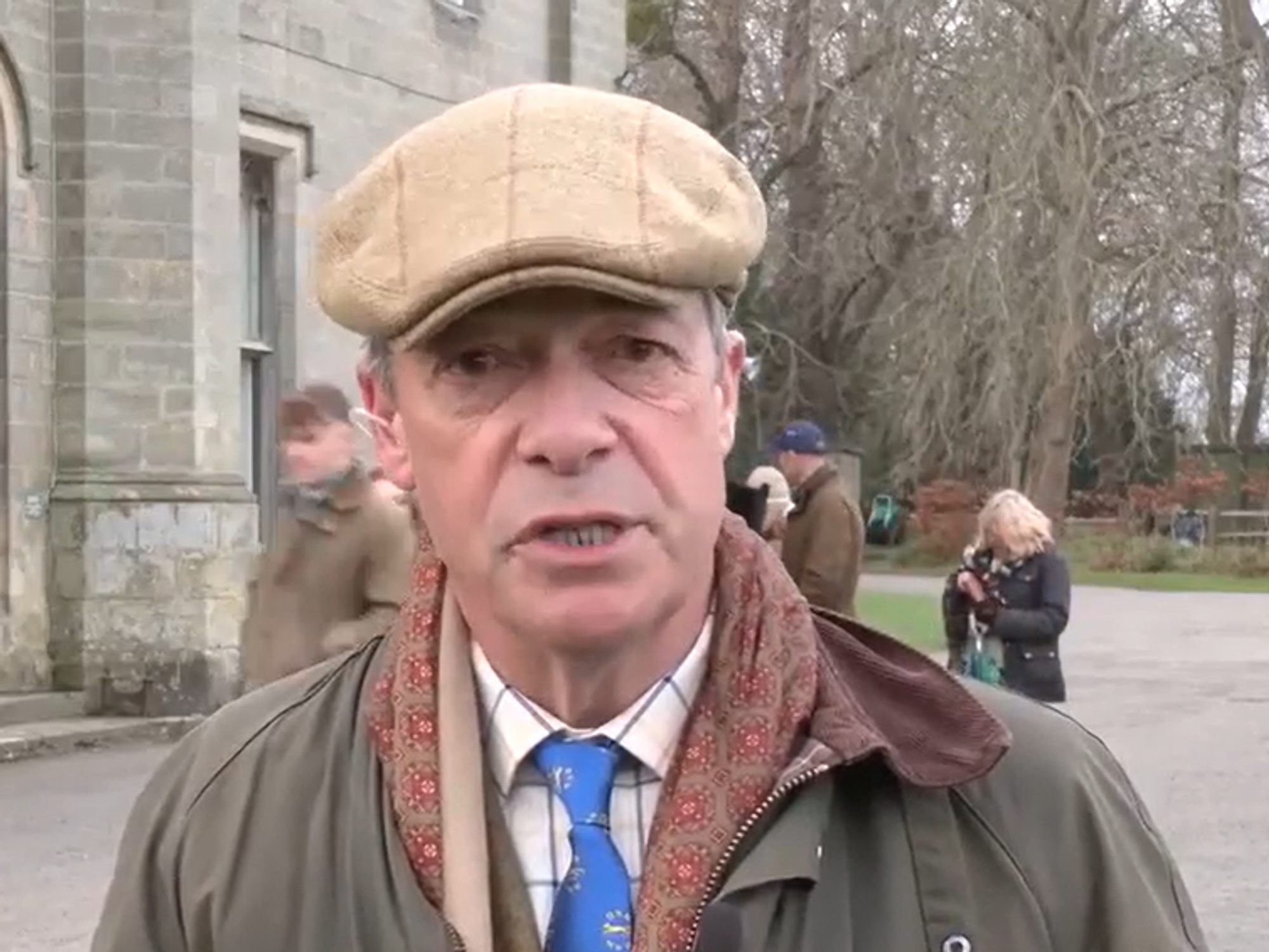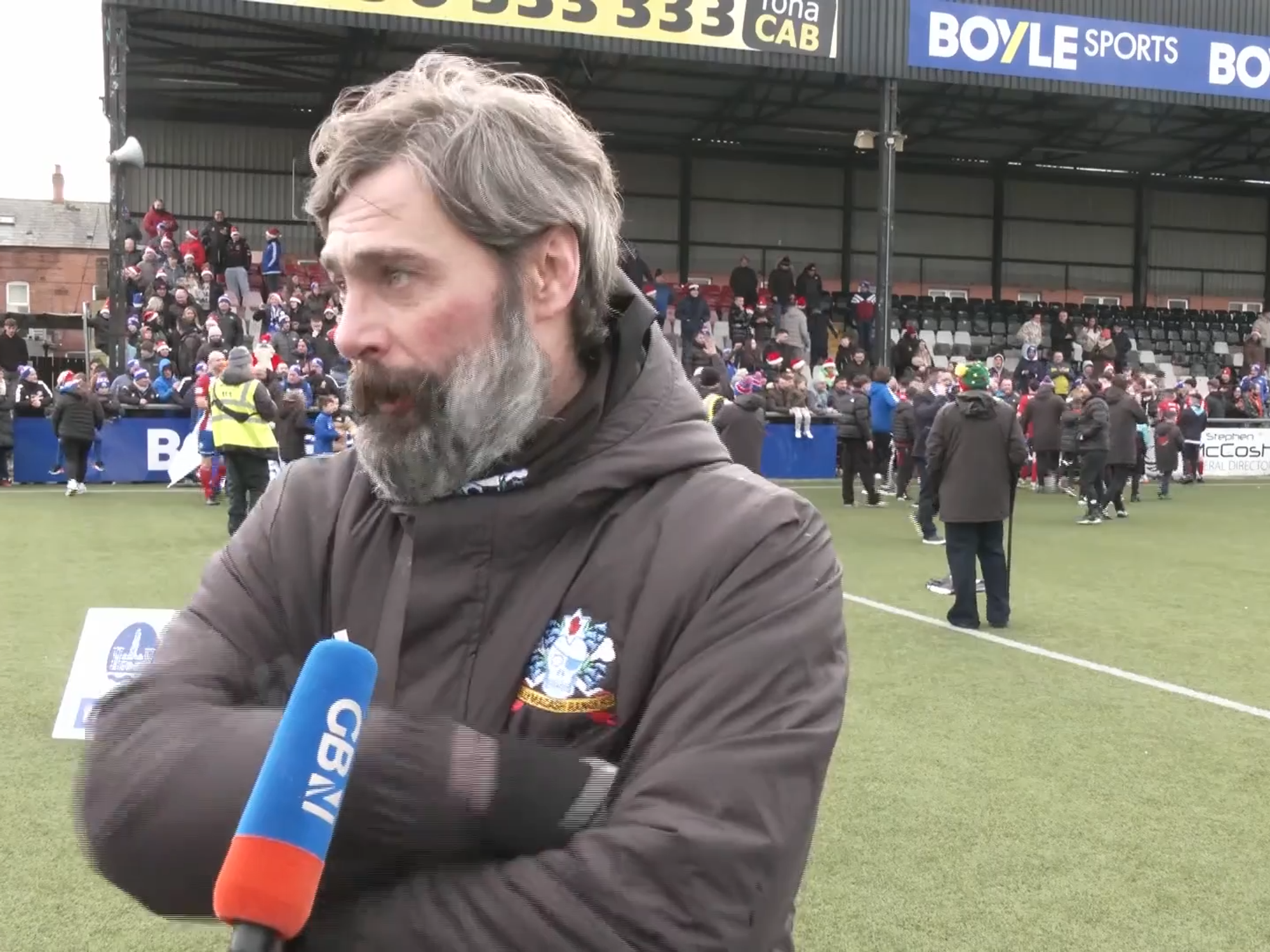Newcastle scraps low traffic neighbourhood amid 'major concerns' among drivers

The council acknowledged the zone failed to impact traffic or make streets cleaner
Don't Miss
Most Read
Newcastle Council has scrapped a low traffic neighbourhood which affected roughly 10,000 residents in the area after receiving numerous complaints.
The traffic restriction in Heaton was put in place on a trial measure to reduce traffic on residential streets in Heaton, but following feedback, the council said it will not be made permanent.
The zone trial was implemented in October 2022 and was intended to make local streets safer by redirecting traffic onto more appropriate routes and encouraging more walking and cycling.
However, findings from the trial showed that these main objectives were not met.
Do you have a story you'd like to share? Get in touch by emailing motoring@gbnews.uk

Over 700 vehicles a day were found to be using the back lanes
| PARather than using main routes, vehicles instead resorted to using alternative residential streets and back lanes, while there was no evidence that the trial had resulted in more people walking or cycling.
The Heaton traffic restriction is the latest one to be scrapped in the city and follows on from a failed LTN which was in place on Osborne Road and Cradlewell in the Jesmond area of the city.
A spokesperson for Newcastle City Council, said: “Following a review of consultation feedback and data collected during the Heaton Neighbourhood Low Traffic Zone trial, we have concluded that it would not be appropriate to make these measures permanent when the experimental traffic regulation order expires on April 23.
“Traffic data collated during the trial showed that, rather than using main routes, vehicles often used alternative residential streets, with Falmouth Road and Wandsworth Road particularly affected by an increase in traffic.”
The council flagged a major concern with the LTN as over 700 vehicles a day were found to be using the back lanes on Heaton Park Road.
This created a number of road safety risks as these lanes are not designed for, or expected to carry, this level of through traffic, the council added.
Any reduction in traffic on some residential streets notably Heaton Park View and Cardigan Terrace was instead replaced with an increase in use of back lanes.
The council continued: “We know residents would agree that this is not what we wanted to achieve. We have examined all 2,380 responses to the consultation and the views of residents were almost evenly split between those in favour of the measures and those against.”
Taking to social media, commenting on the removal of the LTN, one user shared: “In theory these were meant to cause people to ditch cars and walk, cycle, or get the bus.
“In practice all that happens is people drive a different and more congested route that creates a problem elsewhere to save people living in these streets.
“A knock on effect was more traffic, but not more cyclists and bus users. This is why these LTNs have ended up being dug up at the insistence of those that do not benefit, but get all the extra cars because of it.
“Could have worked if every party used the same script and pulled together of the common cause of ending commute culture.”
LATEST DEVELOPMENTS:
 A Low Traffic Neighbourhood bollard | PA
A Low Traffic Neighbourhood bollard | PAConsultation with residents carried out and traffic data collected during the trial found that the best decision to make for the public was to remove the scheme.











